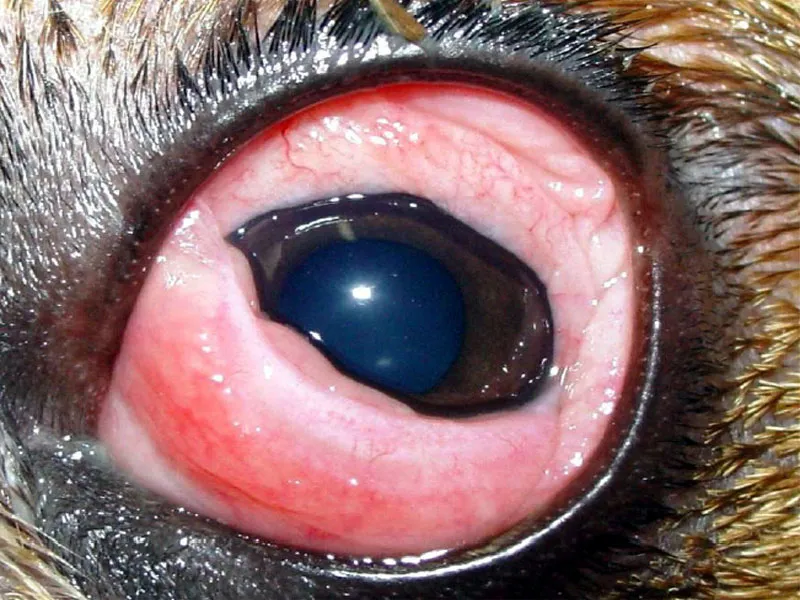Expression of pro-and-anti-apoptotic antigens in the cerebellum of dogs naturally infected with canine distemper virus
DOI:
https://doi.org/10.24070/bjvp.1983-0246.003015Keywords:
CDV, programmed cell death, host-virus interactionAbstract
Canine distemper virus (CDV) may induce multifocal demyelination in the central nervous system of infected dogs. The present work investigated apoptosis in white and gray matter (granular layer) in the cerebellum of naturally infected dogs by the analysis of the expression of the pro-apoptotic antigens caspase – 2 and – 3 , b(terminal deoxynucleotidyl transferase-mediated dUTP nick end labeling (TUNEL-staining) positivity, annexin-V immunodetection, and the presence of the anti-apoptotic antigens, BCl-2 and p53. Cerebellum specimens were obtained from the Laboratory of Animal Pathology, from 1995 to 2009, and the 5-μm thick fragments were stained both with hematoxylin-eosin and Shorr. All samples were diagnosed as positive for CDV genome by reverse transcriptase polymerase chain reaction targeting the nucleocapsid gene. The anti-apoptotic pathways evidenced in this study were BCl-2 and p53 proteins that were intensively detected in cerebellum of CDV positive slides (40-80% of labeled cells/mm2). In addition, the apoptosis markers annexin-V and TUNEL are directly correlated among the same samples (80 and 40% of labeled cells, respectively). This is the first description of p53 and annexin-V expression, characterized as anti-apoptotic and apoptotic proteins, involvement in canine natural cases of CDV infections.


